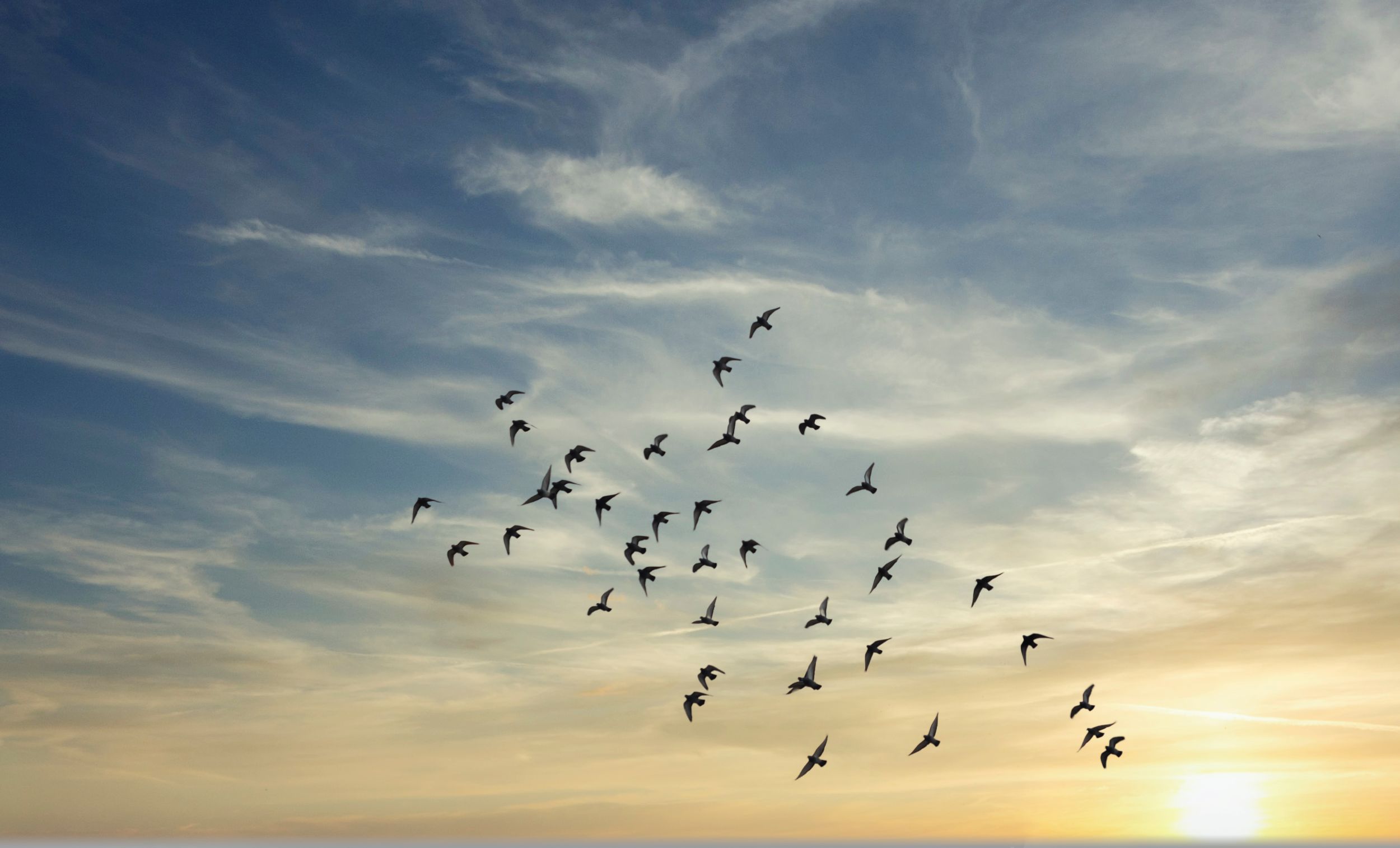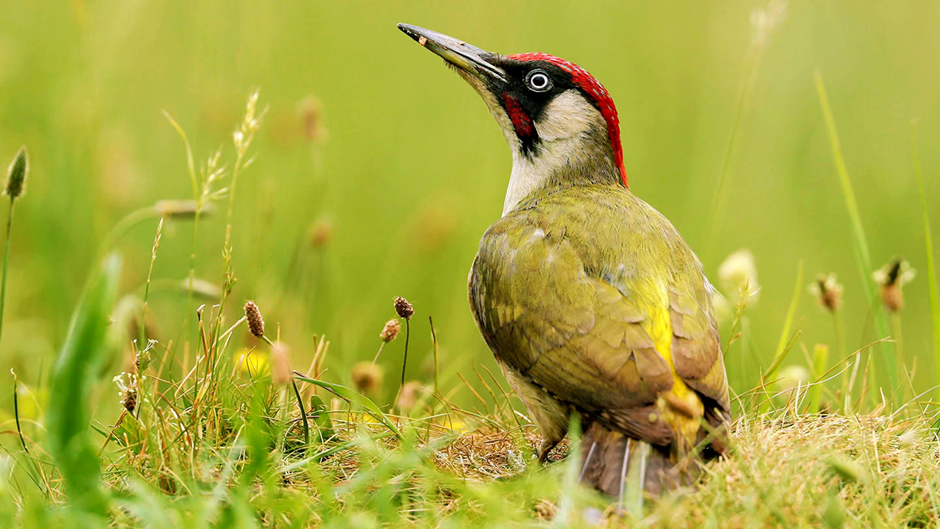
This summer we ran our first bird survey. The Sussex countryside is a haven for wildlife, with a wealth of habitats, and bird surveys can reveal valuable information about biodiversity and ecosystem health. They can also help us better understand any impacts which our farming practices are having on local wildlife. As an organic farm, and part of a number of environmental stewardship programmes, it’s important for us to monitor our bird populations, identify key habitats and demonstrate our contribution to environmental conservation.
Working with Chichester District Council, the bird survey was run in June 2025 and saw the specialist officers surveying three 500m transects for 45 minutes, walking from one end of to the other. Overall a total of 39 species was spotted, totalling 371 birds.
Here’s what bird life was seen:
| Species | Decoy Lane | Dairy | Black Barn | Total |
| Common White Throat | 2 | 1 | 3 | |
| Stock Dove | 5 | 8 | 13 | |
| Wren | 4 | 3 | 2 | 9 |
| Blackbird | 5 | 1 | 2 | 8 |
| Wood Pigeon | 50 | 4 | 6 | 60 |
| Pheasant | 1 | 1 | 2 | |
| Gold Finch | 3 | 5 | 8 | |
| Black Cap | 2 | 1 | 3 | |
| Lesser Black Backed Gull | 1 | 1 | ||
| Red Kite | 1 | 1 | 2 | |
| Song Thrush | 3 | 3 | 6 | |
| Blue Tit | 2 | 6 | 1 | 9 |
| Linnet | 2 | 1 | 3 | |
| Swallow | 2 | 2 | ||
| Herring Gull | 1 | 2 | 3 | |
| Chiff Chaff | 4 | 1 | 1 | 6 |
| Crow | 3 | 11 | 28 | 42 |
| Swift | 1 | 2 | 6 | 9 |
| Garden Warbler | 1 | 1 | ||
| Green Woodpecker | 2 | 2 | ||
| Rook | 1 | 50 | 2 | 53 |
| Sparrow Hawk | 1 | 1 | ||
| Buzzard | 2 | 1 | 1 | 4 |
| Great Spotted Woodpecker | 1 | 1 | ||
| Mallard Duck | 3 | 8 | 11 | |
| Black Headed Gull | 12 | 12 | ||
| Starling | 50 | 8 | 58 | |
| Sparrow | 6 | 6 | ||
| Collar Dove | 4 | 4 | ||
| Pied Wagtail | 1 | 1 | ||
| Sky Lark | 3 | 5 | 8 | |
| Great Tit | 1 | 1 | ||
| Magpie | 5 | 2 | 7 | |
| Egyptian Goose | 2 | 2 | ||
| Canada Goose | 5 | 5 | ||
| Robin | 1 | 1 | ||
| Kestrel | 1 | 1 | ||
| Dunnock | 1 | 1 | ||
| Reed Bunting | 2 | 2 |
Celebrating our wildlife diversity
It was great to see such a diverse number of bird species across the farm and encouraging to see some noteworthy birds too. The Skylark is always a joy to see and hear, with its distinctive trill sound as it hovers at height. The Green Woodpecker was another delight with its vividly coloured markings.

Some birds of prey, including the Common Buzzard and Sparrow Hawk, were seen demonstrating their different methods of hunting.
We are keen to identify areas and habitats that best suit particular species. Surveys like this also help us to identity where new habitats might need to be created, to help attract some of the rarer species, like the Corn Bunting, Turtle Dove, Curlews and Lapwings, all of which have been in decline in recent years.
We’re also looking at sitting an additional Barn Owl box to provide a nesting site for the resident Barn Owls.
Why carry out a bird survey?
Bird surveys are a very useful tool for farms but the two key reasons we undertook the survey are for:
1. Biodiversity assessment and monitoring – to help us identify which bird species are present on our farm and in what numbers, providing a baseline for future comparisons.This helps us track changes in bird populations over time, identifying declines or increases in specific species. We can also see which habitats are most important for different bird species, allowing for targeted conservation efforts.
2. Environmental stewardship and conservation – to help us make the right decisions when it comes to conservation planning so that we can consider habitat management, such as creating or enhancing nesting sites, providing food sources or managing the grazing of our dairy herd.
We will be repeating the Bird survey again in December and April, so we can build a picture as to which species are overwintering on the farm. Hopefully over the coming years we can take measures to see both numbers and diversity increase.
Many thanks to the knowledgeable team at Chichester District Council for their help and support with this project.

Recent Comments